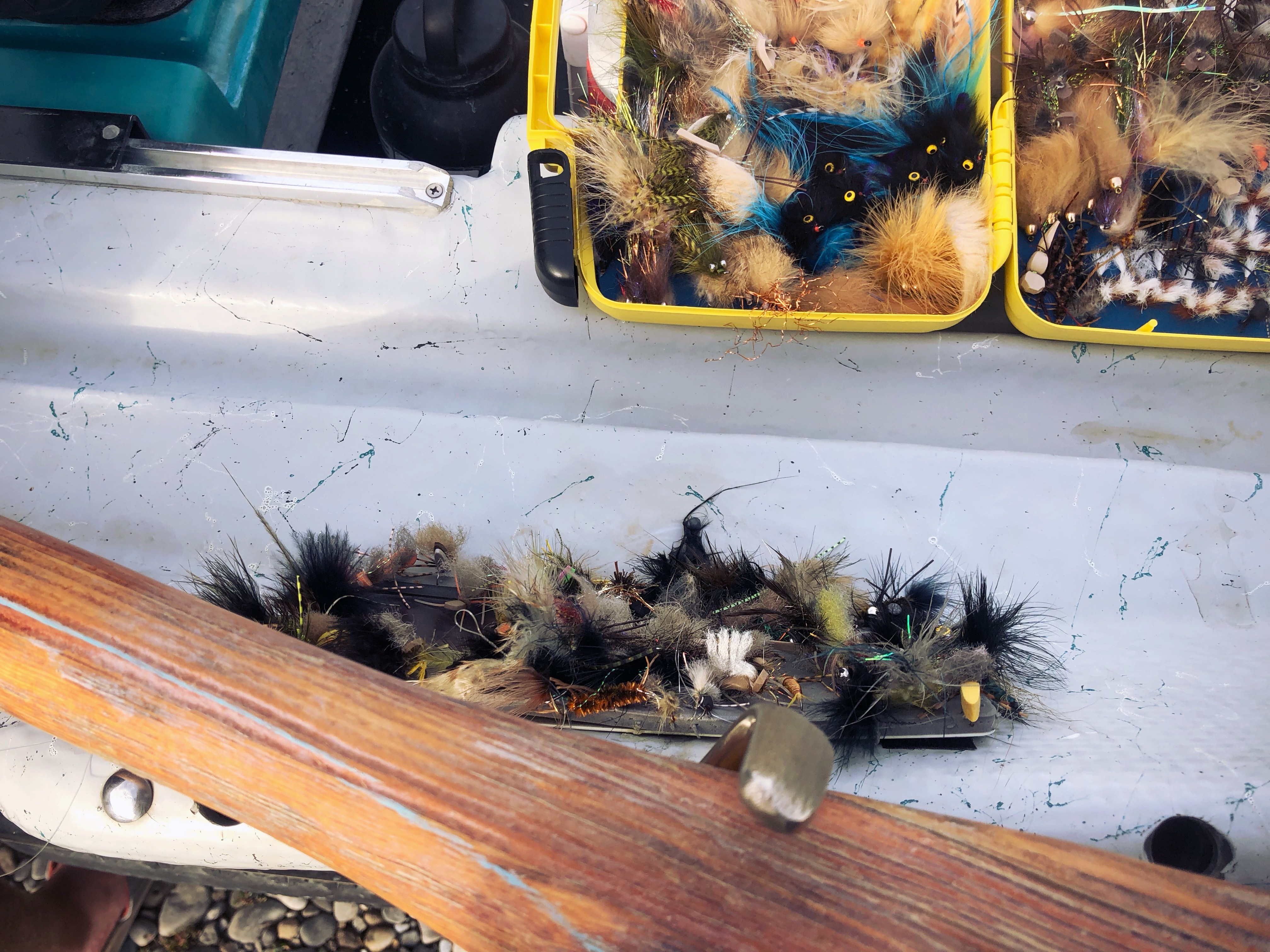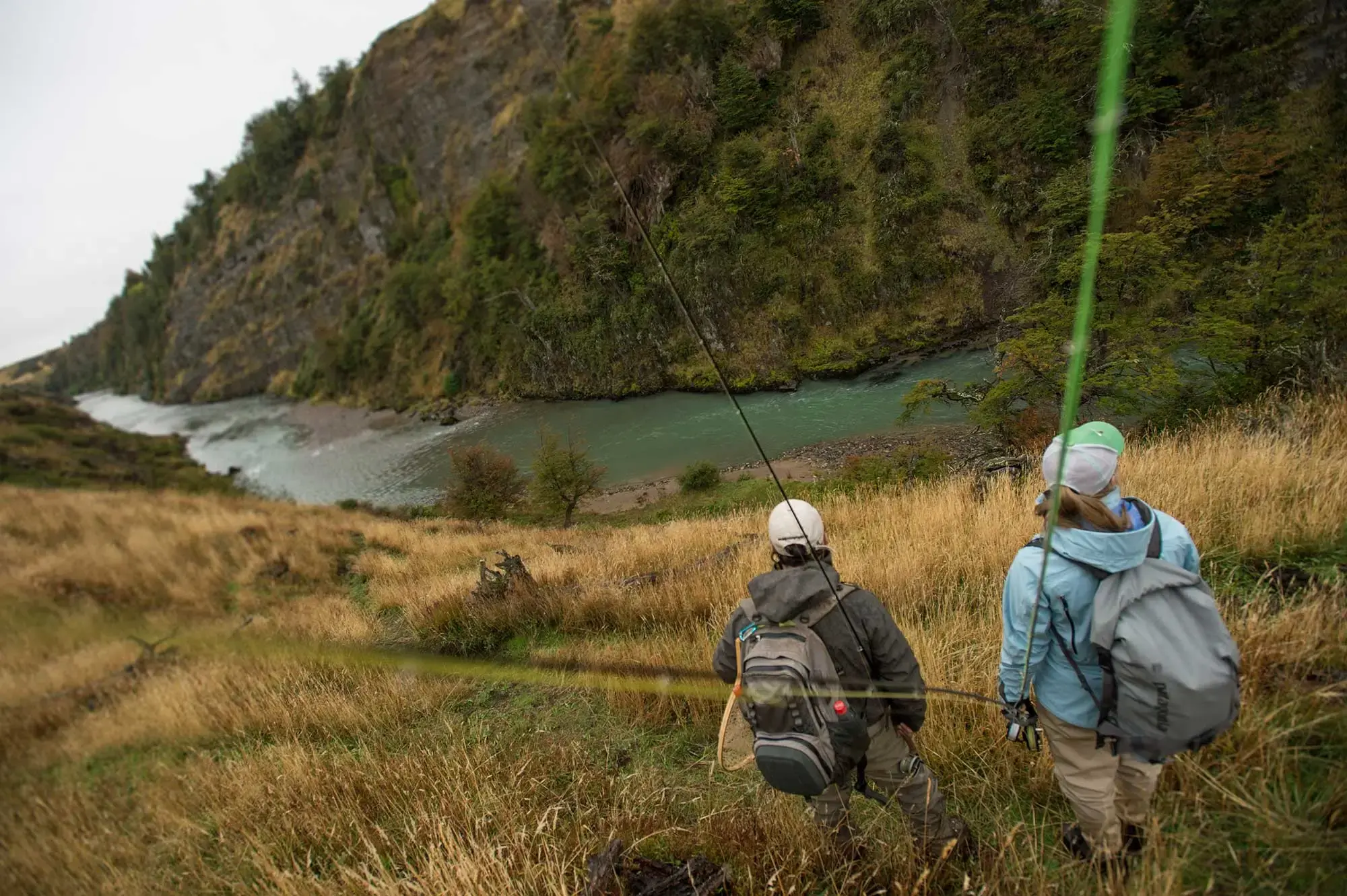Your Fly Rod Cannot See

Your Fly Rod Cannot See
Being able to cover a lot of water from a stationary spot in the river is an important attribute for any angler. Start short and cover those currents that look most appealing. Then you can make that tricky roll cast across the eddy. How about punching that long cast out into the main current? If you can hit all the targets from one spot, you’re better off than most folks. The less you move, the more your odds improve, because trout are easily spooked by the noises of boots shuffling along the bottom and by splashes made by a fisherman in motion.
That said, it’s important to pause and remember a simple lesson before you go spraying your casts all over the river. You see with your eyes, not your fly rod. Look before you start prospecting with casts. Every time. One or two well-conceived, well-planned casts are almost always more effective than 30 casts spread willy-nilly throughout a run.
Some anglers talk about “blind casting” as a way to cover water when they cannot actually see fish and there are no visible telltales to follow. That should be a last resort.
There’s always something to key on–a juicy current seam, a rock that creates a bucket of deep water in its wake–something!
Spend more time looking for something that will help you prioritize your casts, and less time blind casting without any real purpose. A smart quarterback doesn’t throw the long bomb on every play. Neither should you.
.svg)








